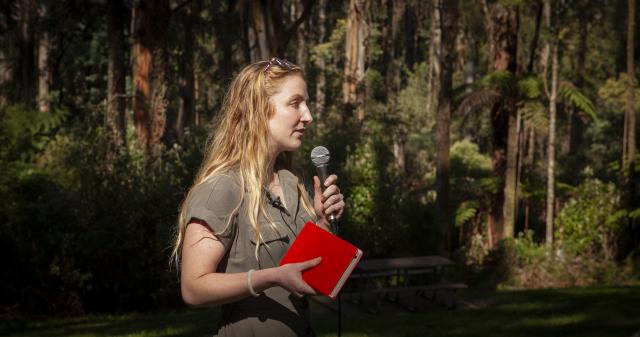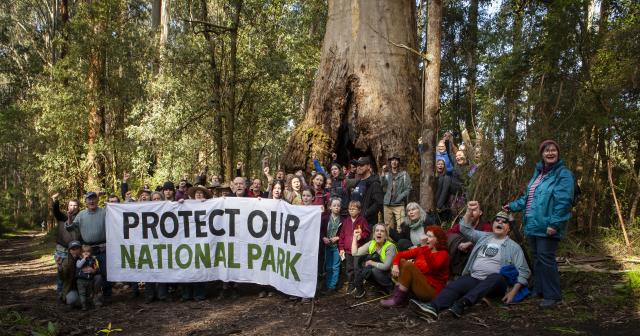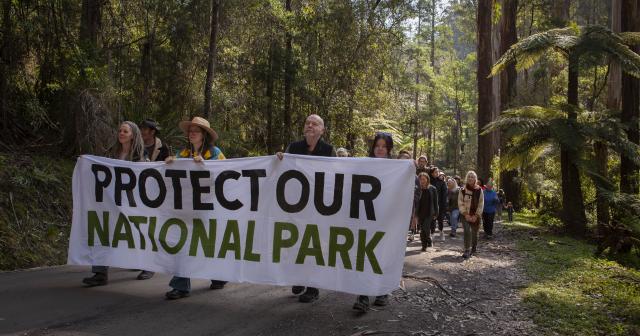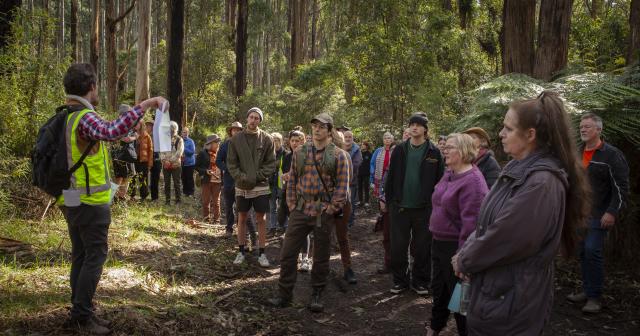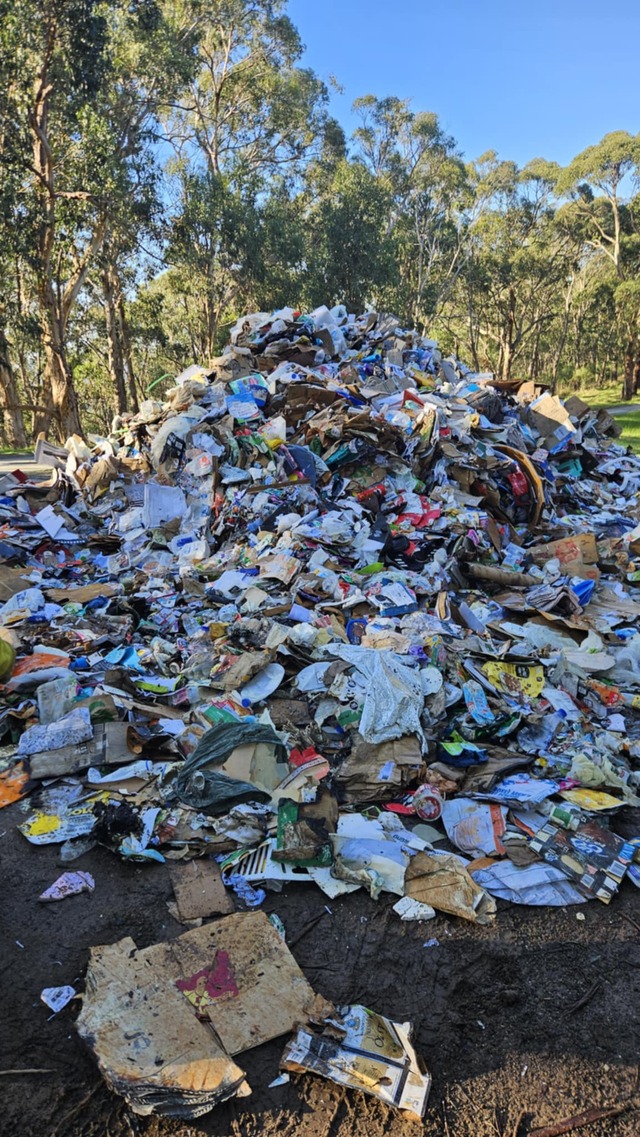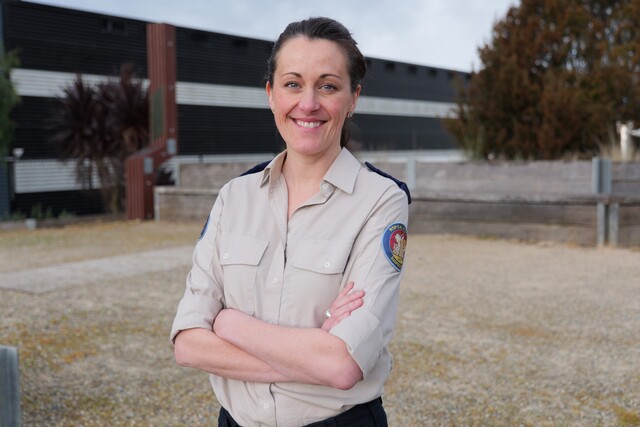Fears for the wellbeing of flora and fauna in the Dandenong Ranges National Park are ongoing as Forest Fire Management Victoria (FFMVic) prepares to clear debris in two earmarked spots in the area.
Over 100 people gathered at the Olinda Falls Picnic ground on Saturday 2 September to hear from concerned community members and academics who are opposing what they call ‘log extraction’ operations from the national park.
“This event reinforces the community’s expectation that the Dandenong Ranges National Park and the plants and animals that call home must be protected during operations,” Southern Dandenongs Landcare Group president Rob Pergl said.
“Removing fallen trees for commercial viability will set a dangerous precedent for future national park management and is driving poor planning by Forest Fire Management Victoria.”
“This demonstration sends a clear message that the type and extent of scheduled works are inappropriate and incompatible to nature conservation.”
The Victorian National Parks Association and Southern Dandneongs Landcare Group have detected a lyrebird nest and populations of the endangered Powelltown correa near Bartlett Track; one of the areas set to be targeted in the operation.
The Department of Energy, Environment and Climate Action (DEECA) – who have contracted FFMVic to complete the works clearing large debris up to 40 metres off roadsides near the Silvan dam and Bartlett Track – have maintained the operation is not a logging operation but rather an attempt to reduce bushfire risk in the park after the June 2021 storm event.
Victorian National Parks Association parks campaigner Jordan Crook said it was “fantastic” to see so many people take a stand against the operation and in support of “better care of our national park”.
“Everyone enjoyed the beautiful sunshine and a walk through the forest to see the area that will be impacted,” Mr Crook said.
Threatened species and climate adaptation ecologist from WWF Australia, Dr Kita Ashman, said if the operation goes ahead it will set an “incredibly alarming” precedent.
“These forests are crucial, not just for our biodiversity and for threatened species, but for First Nations and cultural values, for local communities, and for ensuring the stability of our climate,” she said.
“I’ve lived in the Dandenong Ranges with the National Park at my back doorstep my entire life.
“Never did I think I’d have to be gathering with my community to oppose logging in these precious forests, but here we are. This cannot go ahead, these forests have already been through the ringer with the storms, the last thing we need is to drive bulldozers through it two years later.”
FFMVic’s chief fire officer, Chris Hardman, told the Star Mail the team develop mitigation measures to “avoid or minimise” impacts on endangered plant species while completing “important bushfire risk reduction works”.
“These crucial works are designed and delivered to comply with all regulatory and legislative obligations,” Mr Hardman said.
“A number of field assessments were undertaken to identify the presence or absence of cultural and environmental values such as Aboriginal scar trees, habitat trees, and feeder trees for greater gliders which informed what mitigation measures would be implemented.”
“The Arthur Rylah Institute was engaged by DEECA to assess the recovery of forest trees and understorey plants in severely wind-affected areas of Dandenong Ranges National Park and to help the local community connect with the recovery of the natural environment after the storm.”
Works are expected to begin in late Spring.

